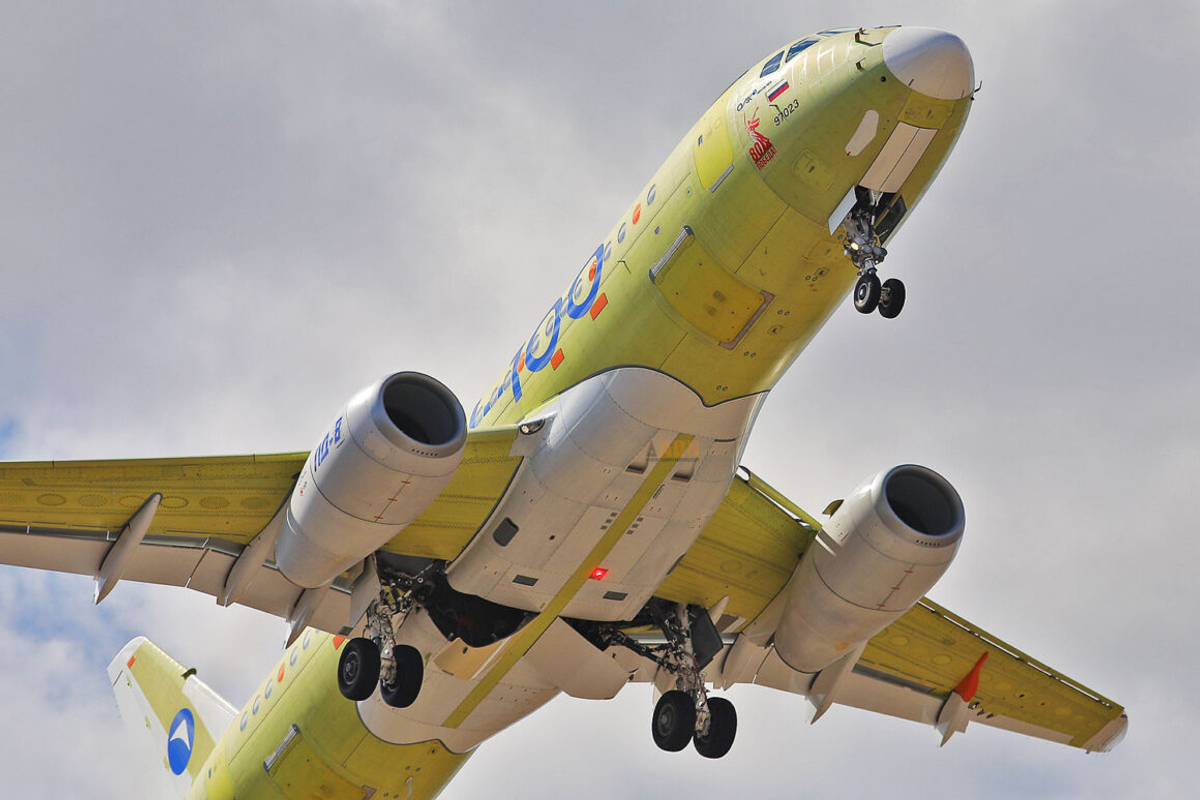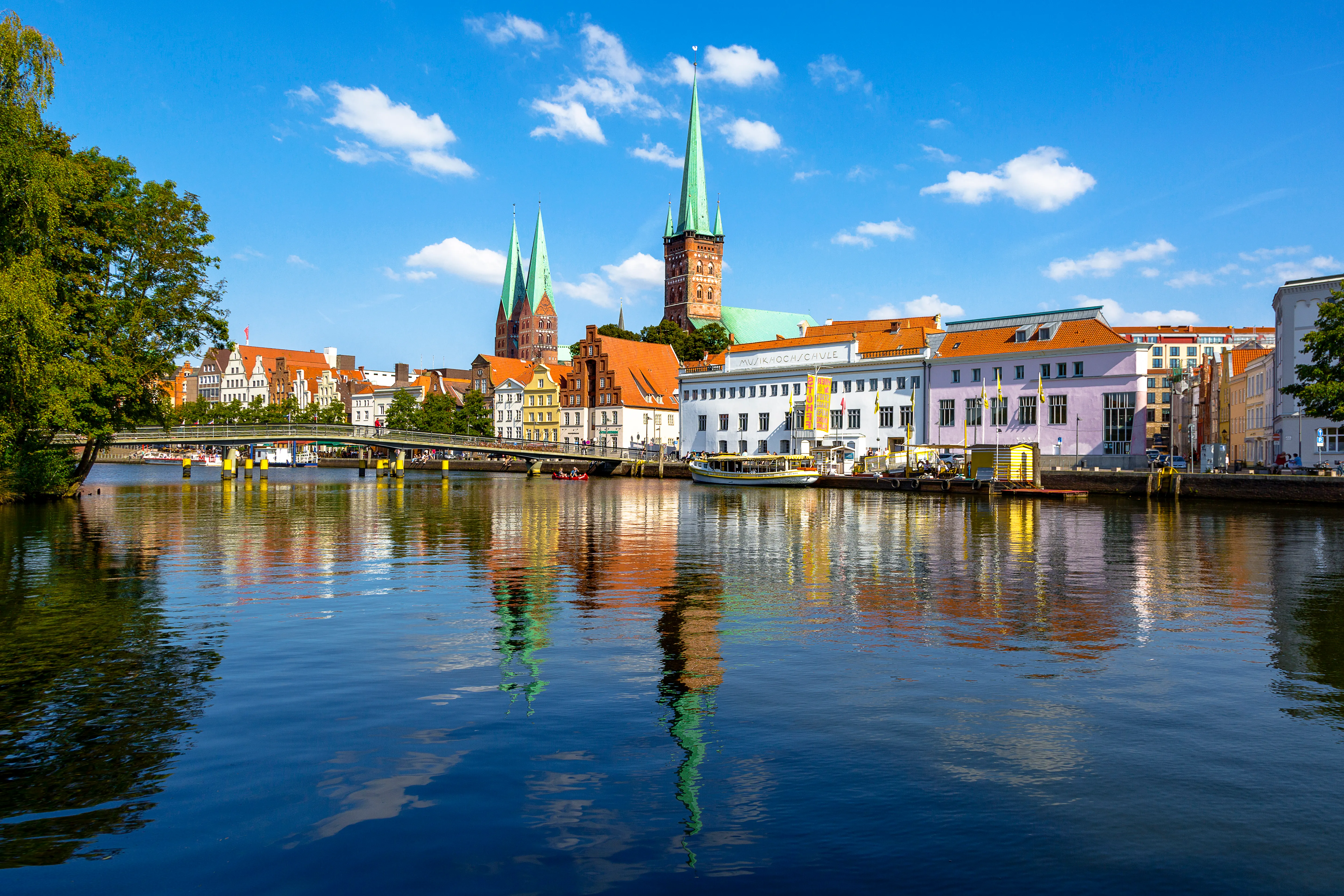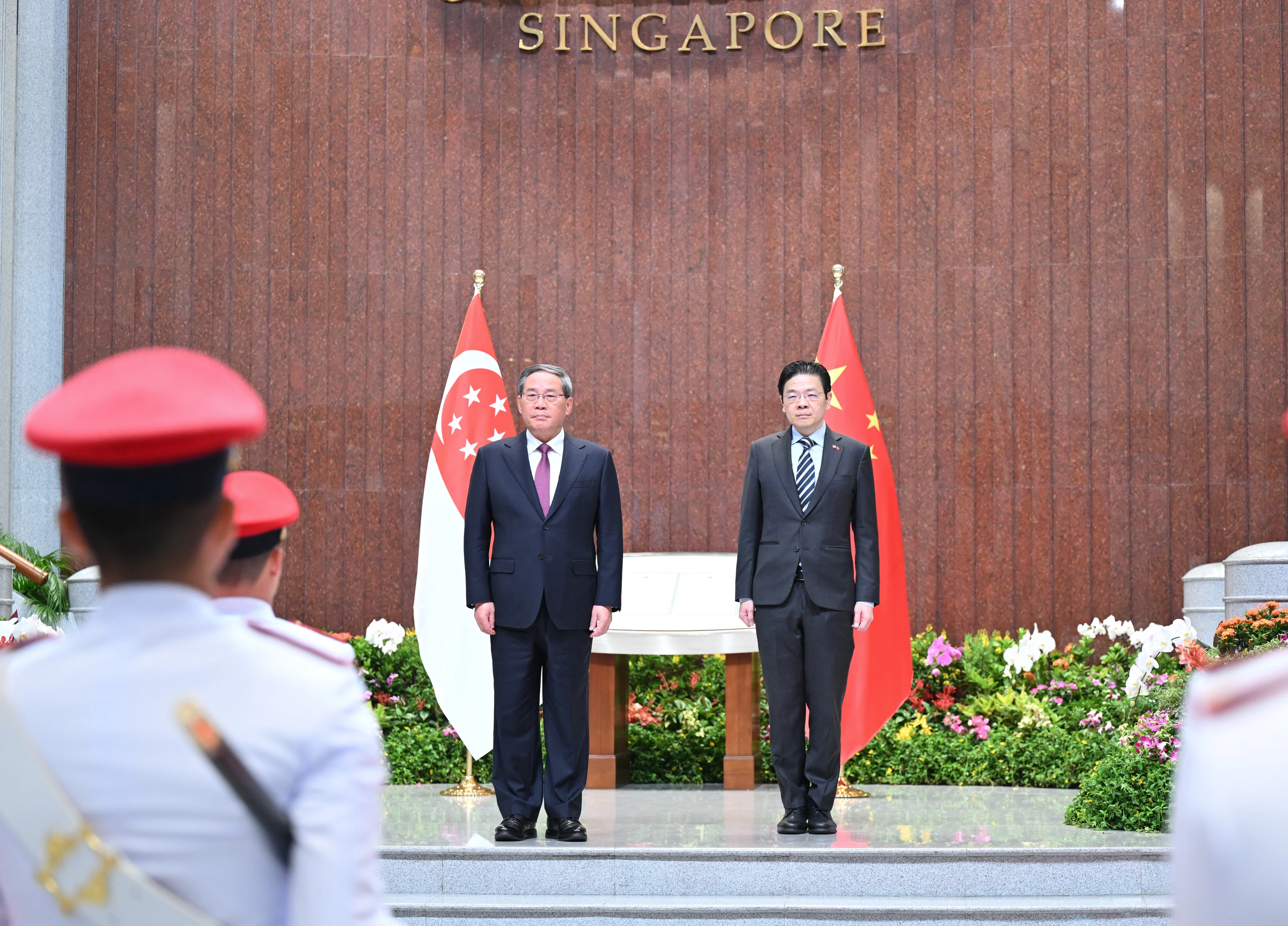Copyright kyivpost

As Russia’s commercial aircraft manufacturers failed to overcome the impact of international sanctions to build the promised numbers of commercial aircraft, the state-owned United Aircraft Corporation (UAC) has signed an agreement with Hindustan Aeronautics Limited (HAL) to build its Sukhoi Superjet 100 (SJ-100) under license. The agreement signifies a public demonstration of continuing political and commercial links between Moscow and New Delhi just weeks ahead of a planned visit by Russian President Vladimir Putin, according to Bloomberg citing a HAL press release. Bloomberg sees the deal as part of an attempt to maintain strategic relations with Moscow despite the pressure being placed on New Delhi by US President Donald Trump because of its continuing purchases of Russian oil. A strategic and commercial decision for India The agreement will allow HAL to produce an unspecified number of the twin-engine, narrow-body commercial aircraft aimed at supporting India’s Ude Desh ka Aam Nagrik (UDAN) – “flights for the common people” – program, which intends to provide affordable and accessible regional air travel throughout the country. If successful, this will be the first time India has been able to produce a passenger aircraft alone. Its only previous experience was assembling the AVRO HS748 which ended almost 40 years ago. The project is also essential to plans by India’s government to double the number of airports in the country over the next 20 years. Major airlines such as Air India and IndiGo have announced plans to purchase over 1,000 new aircraft over the next decade with more than 200 needed to service regional routes alone. What does Russia get out of it? The link between Russia and India that such an agreement represents could be seen as another attempt by the Kremlin to build political partnerships with Asia as part of Putin’s desire to develop a “new world order.” From a commercial perspective, it could be seen as an attempt to kick-start the almost moribund Russian aircraft industry. The SJ-100 was one of the only serial passenger aircraft produced in Russia since the collapse of the USSR, but which relied on European and US support for its development between 2007 and 2022. Following Russia’s full-scale invasion of Ukraine, sanctions have almost completely stopped imports of components necessary for its production. Attempts to develop an import-substituted version of the aircraft have all but stalled over the past three years. Additionally, the links would conceivably give Moscow the chance to avoid much of the effect of the sanctions on preventing access to parts that UAC and Russia’s commercial airlines desperately need. This is a tactic not new to Russia, which has used similar methods to evade such measures before. In September 2024, it was found that a Kazakh avionics group was servicing French aviation equipment to keep Russian Su-30SM fighters military aircraft flying, despite Western sanctions. In turn, Russia could be helping India overcome its struggles to produce a new generation of fighter aircraft for India’s Air Force. There are reports of discussions to provide India with up to 84 of its Su-57 (NATO: Felon) fifth generation fighter aircraft, with more than half being assembled in India.



